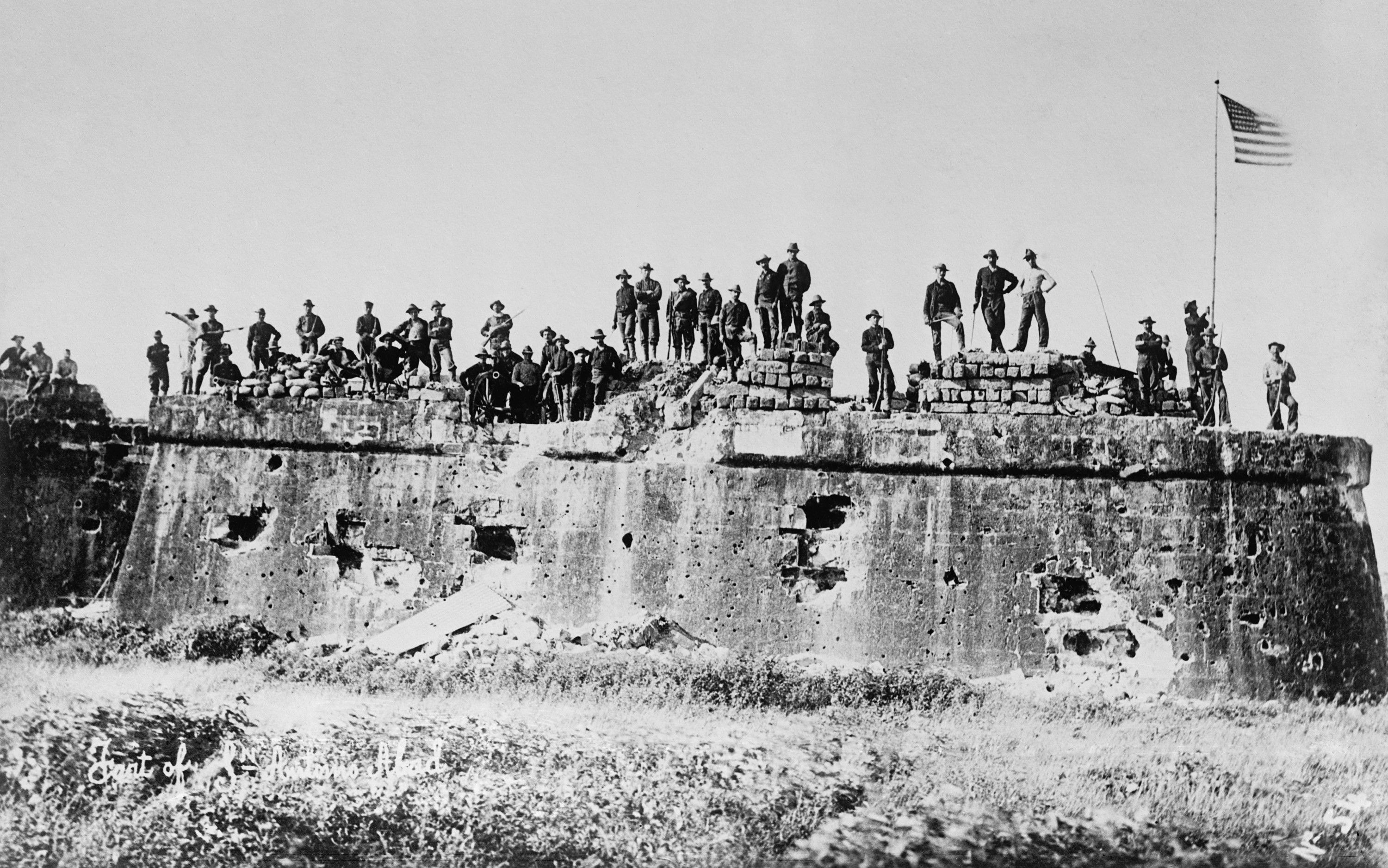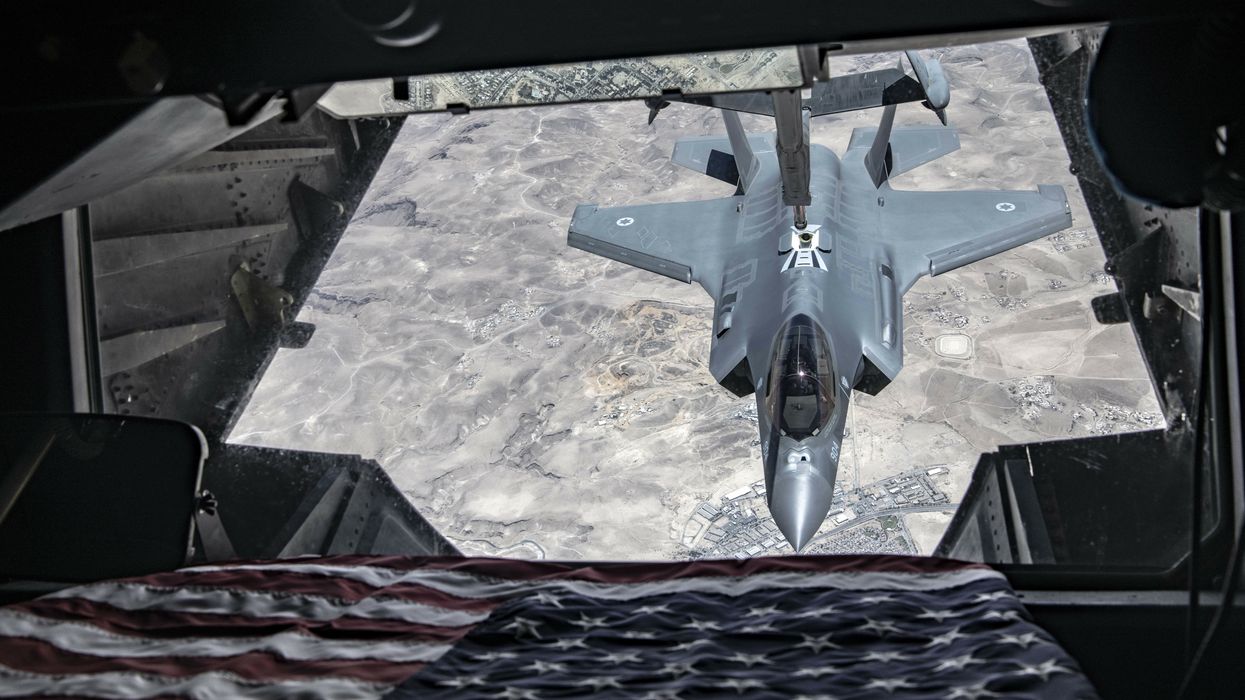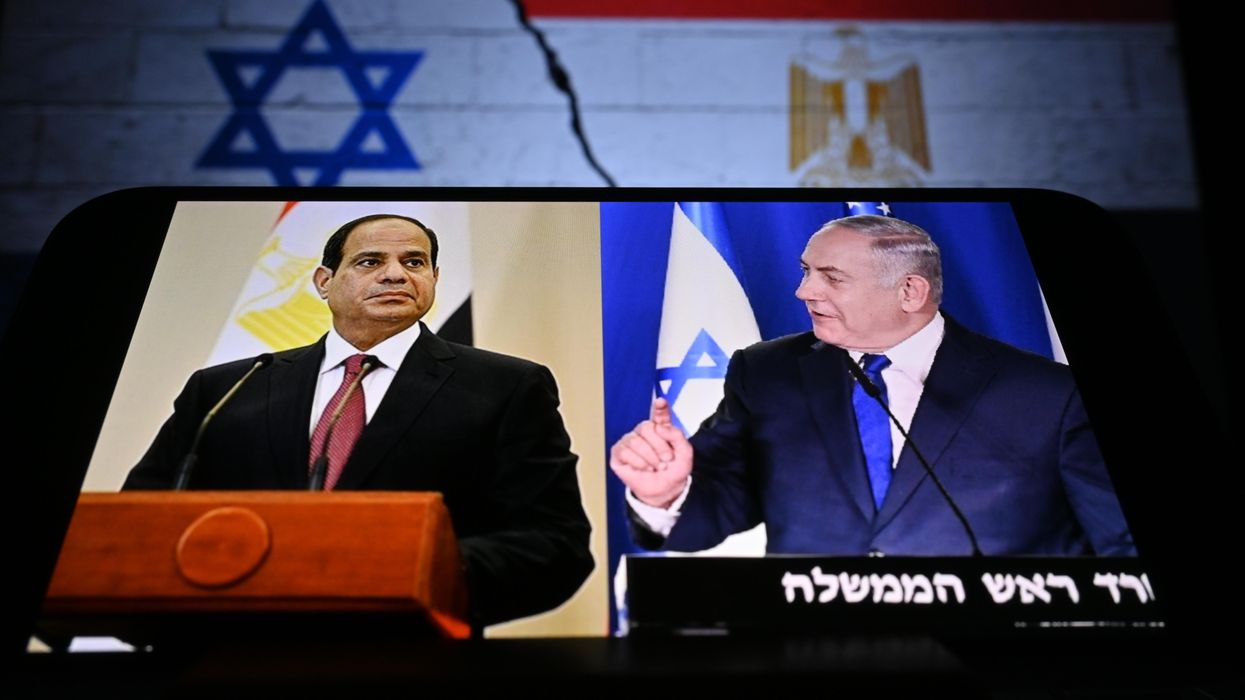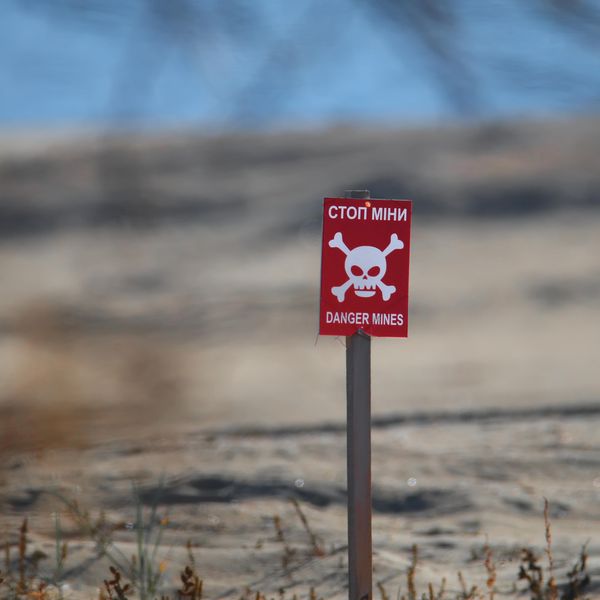In March 1906, U.S. forces attacked a group of Moros and killed more than 900 men, women, and children at the top of Mt. Dajo on the island of Jolo in the southern Philippines.
Even though the death toll was higher than at well-known massacres committed by American soldiers at Wounded Knee and My Lai, the massacre at Bud Dajo has been all but forgotten outside the Philippines.
Recovering the history of this event is the subject of an important new book by historian Kim Wagner, “Massacre in the Clouds: An American Atrocity and the Erasure of History.” The book is a masterful reconstruction of the events leading up to the lopsided slaughter on the mountain, and Wagner sets the massacre in its proper historical context during the age of American overseas colonialism at the start of the 20th century. It also offers important lessons about how the dehumanization of other people leads to terrible atrocities and how imperial policies rely on the use of brutal violence.
In the years leading up to the massacre, the U.S. had been extending its control over the southern Philippines after it had annexed the northern islands and defeated local pro-independence forces in the Philippine-American War (1899-1902). U.S. relations with the Sultanate of Sulu were initially regulated by the Bates Treaty of 1899, but within a few years the U.S. abrogated that treaty and sought to impose direct rule. The U.S. tossed the treaty aside on the recommendation of Gen. Leonard Wood, who was the local military governor based on Mindanao at the time.
The massacre was part of a larger history of violent American expansionism, and it was the result of an imperial policy that sought to impose colonial rule on the Philippines. The U.S. effort to collect the cedula tax provoked significant resentment and opposition among the Moros. (The Moro name was the one given to the Muslim Tausugs of the Sulu archipelago by the earlier Spanish colonizers, and it was the one that the Americans continued to use.)
As Wagner explains, Moro opposition to the tax was rooted in a defense of their religious identity, which they believed would be compromised and weakened if they submitted to a tax imposed by non-Muslim rulers.
The Moros that sought refuge at Bud Dajo were protesting the encroachment of a new colonial power and resisting interference in their way of life. The U.S. authorities there perceived them and cast them as outlaws, and under the command of the same Gen. Wood, U.S. forces proceeded to wipe almost all of them out. As Daniel Immerwahr comments in “How to Hide an Empire,” “Massacres like this weren’t unknown in the United States. …Yet Bud Dajo dwarfed them all.”
The atrocity was initially the cause of some controversy at home, and anti-imperialist critics of American rule in the Philippines tried to use it to attack the Roosevelt administration’s policies. The criticism was short-lived, and no one involved with the massacre at any level faced any penalties later. The massacre was quickly rationalized and normalized with the familiar appeals to “necessity” and an exceptionalist belief in America’s expansionist mission.
The similarities with crimes committed by the military against Native Americans led most Americans to justify the slaughter at Bud Dajo rather than condemn it. The similarities with crimes committed by contemporary European colonial powers didn’t cause most Americans to reconsider the expansionist project, but instead it led them to retract their earlier criticisms of European atrocities. Merely exposing an atrocity abroad often has no political effect if most people at home are determined to ignore or excuse it.
Wagner details how Wood and the Roosevelt administration tried to control the flow of information about the massacre, but the massacre was never a secret. There was never an attempt at a cover-up because the massacre became so widely accepted as “necessary.” The officers and soldiers involved in the killing wrote letters home about what they had seen and done at Bud Dajo, and their correspondence is one of the sources that Wagner uses for reconstructing what happened on the mountain.
The dehumanization of the Moros in the eyes of most Americans was so complete that the photographic evidence of the victims was turned into popular postcards for soldiers and tourists to buy.
The photograph of the aftermath of the massacre taken by Aeronaut Gibbs stands out in Wagner’s account. The photograph shows a trench filled with the bodies of dead Moros with a group of American soldiers posing alongside them. This is the picture that Wagner comes back to several times in the book to capture the brutality of the event and to illustrate how thoroughly the victims of the massacre had been dehumanized. The trench photo is an image of the atrocity “through the eyes of the perpetrators,” as Wagner puts it, and he explains that the “image is not just evidence of a massacre—in the way that we might consider a crime-scene photo—but is itself an artifact of violence.”
American rule over the Philippines had been inspired by the example of European colonialism in Asia and Africa, and the American administrators of the overseas empire looked to copy the methods of European empires in suppressing local opposition by force. Today some proponents of American dominance still look back to this era of direct colonial rule as evidence of America’s benevolent imperialism, but this ignores the record of brutal violence that was used to establish and maintain that rule.
Bud Dajo was a shocking example of that violence, and it was the product of a system that routinely demanded and justified such violence against the people living under American rule. Though few Americans remember them, the U.S. wars in the Philippines were responsible for the deaths of up to one million people.
Americans need to remember this period of U.S. history, but it is also important to recognize that many political leaders today use the same kinds of rationalizations to justify modern atrocities, whether they are committed by U.S. forces or client states acting with U.S. support.
As Wagner puts it, “Whereas the actual history of US atrocities in the southern Philippines has been largely forgotten, the racialized logic that underpinned the violence of March 1906 has not.” Just as the expansionists did 118 years ago, some supporters of American dominance continue to excuse war crimes by dehumanizing the victims and blaming them for their own demise.
















